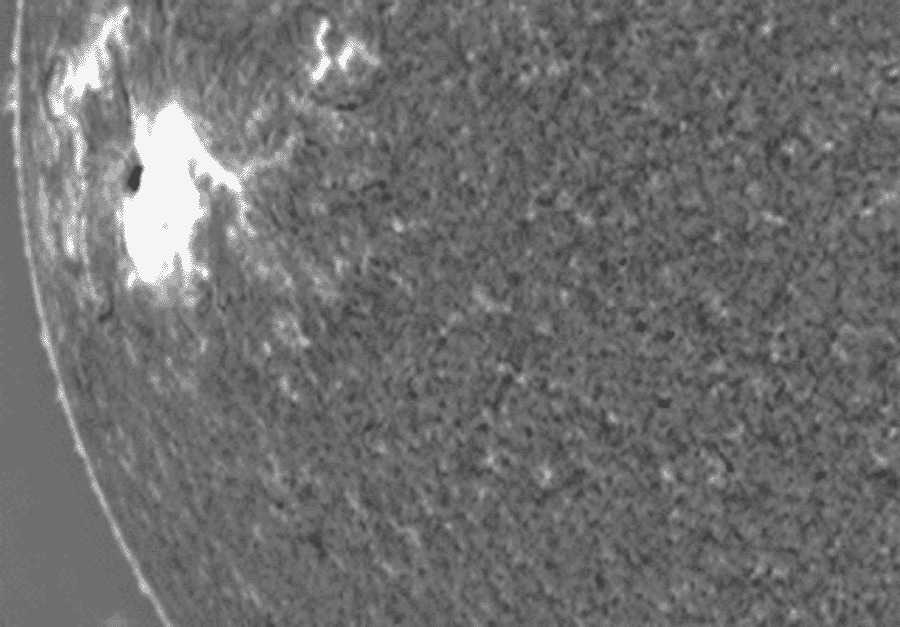
Tsunamis this large don't happen on Earth. During 2006, a large solar flare from an Earth-sized sunspot produced a tsunami-type shock wave that was spectacular even for the Sun. Pictured here, the tsunami wave was captured moving out from active region AR 10930 by the Optical Solar Patrol Network (OSPAN) telescope in New Mexico, USA. The resulting shock wave, known technically as a Moreton wave, compressed and heated up gasses including hydrogen in the photosphere of the Sun, causing a momentarily brighter glow. The featured image was taken in a very specific red color emitted exclusively by hydrogen gas. The rampaging tsunami took out some active filaments on the Sun, although many re-established themselves later. The solar tsunami spread at nearly one million kilometers per hour, and circled the entire Sun in a matter of minutes.
from NASA https://ift.tt/Q1VKYzA
Comments
Post a Comment